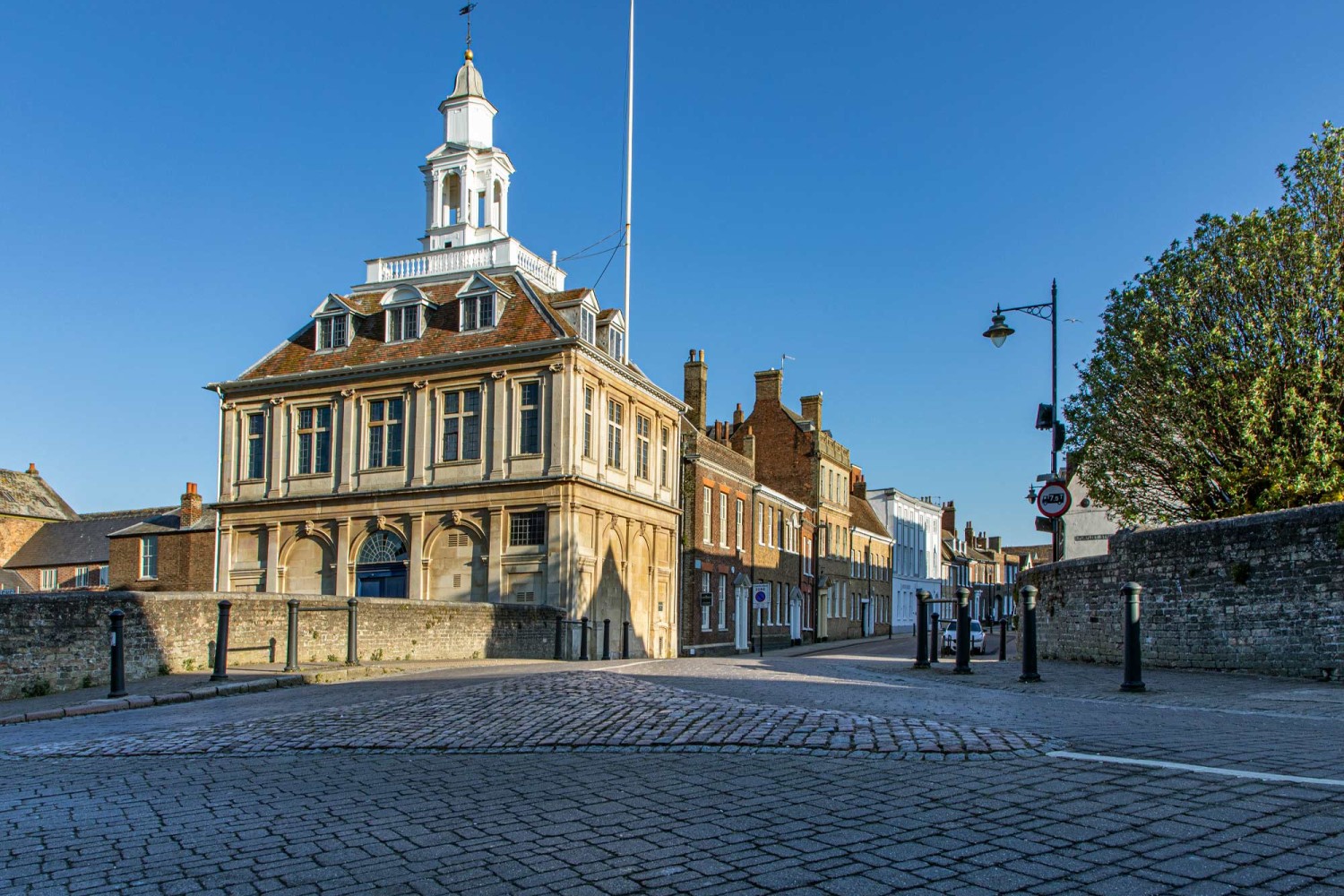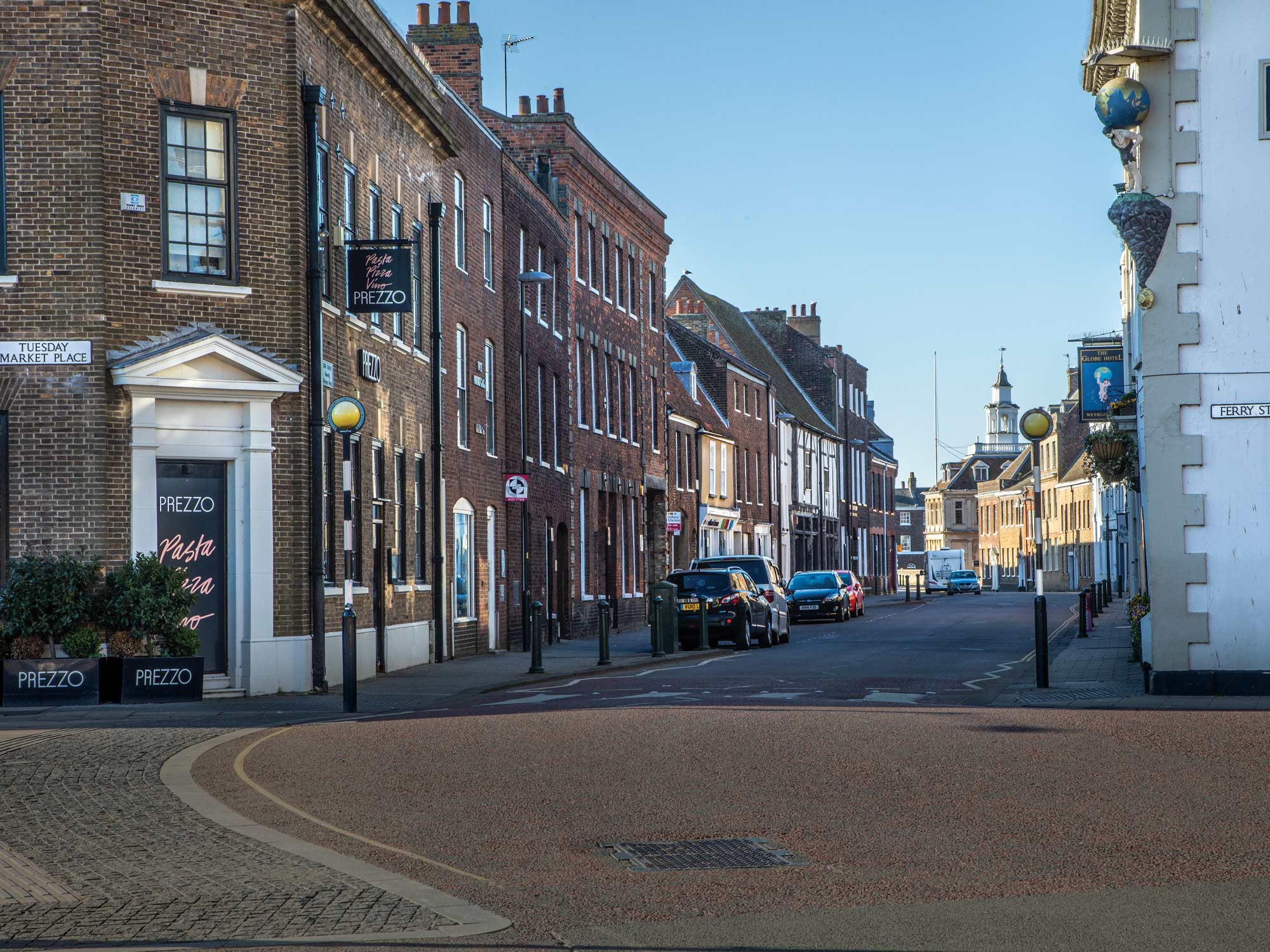
The history of King’s Lynn in a single street
It will take you about five minutes to walk the length of King Street in King’s Lynn, but in that time you’ll pass no less than 30 listed buildings and wander through over 900 years of fascinating history
It may be less than 800ft long, but King Street - which runs from the Tuesday Market Place in King’s Lynn to the town’s famous Custom House - is a quite extraordinary stretch of buildings steeped in history, rich in architectural styles and full of unique claims to fame. With a listed building every 26ft along the way, it’s hardly surprising that Sir John Betjeman said it was an integral part of one of the finest walks in England.
The widest street in King’s Lynn until the building of the new London Road in 1803-06, it was originally developed in the 12th century and was the main link between the Saturday and Tuesday marketplaces - although at first there were only buildings on the eastern side, the river lapping the other side of the street.
Over the next 700 years, the fortunes of King Street followed that of the town itself as it became one of the most important ports in the country. The undeveloped west side soon featured the imposing and grand houses of Lynn’s merchant rulers, although it also catered for the town’s ever-growing and ever-changing population of homegrown and itinerant sailors.
In fact, so much cod and herring was being imported into King’s Lynn by Hanseatic merchants that in the 14th century the street was known as ‘Stockfish Row’ - no doubt because so many fish merchants lived there.
In 1845 there were no less than 10 pubs along this relatively short street (almost all would be closed within the next 70 years) and it was also home to William & Thomas Bagge’s famous brewery, which was (until 1929) the last of the town’s breweries to be locally-owned. It had been founded before 1767 and possibly as early as 1688, and front range directly opposite The Globe Hotel features an iron gate featuring the logo of its 20th century owners Steward & Patteson.
The Bagges also ran the Bagge & Bacon’s Bank further down the street at No.27 - which was later sold to Everards (another family of brewers) who in turn sold it to Gurneys’ Lynn Bank in 1861.
Returning to The Globe Hotel, it should be noted that its name is unlikely to have come from the famous statue of Atlas on the corner of the building carrying the world on his shoulders. Originally built as a merchant’s house, it was first recorded as The Globe Inn in 1650 and probably took its name from the next two properties along King Street and their connections with the world’s most famous playwright.
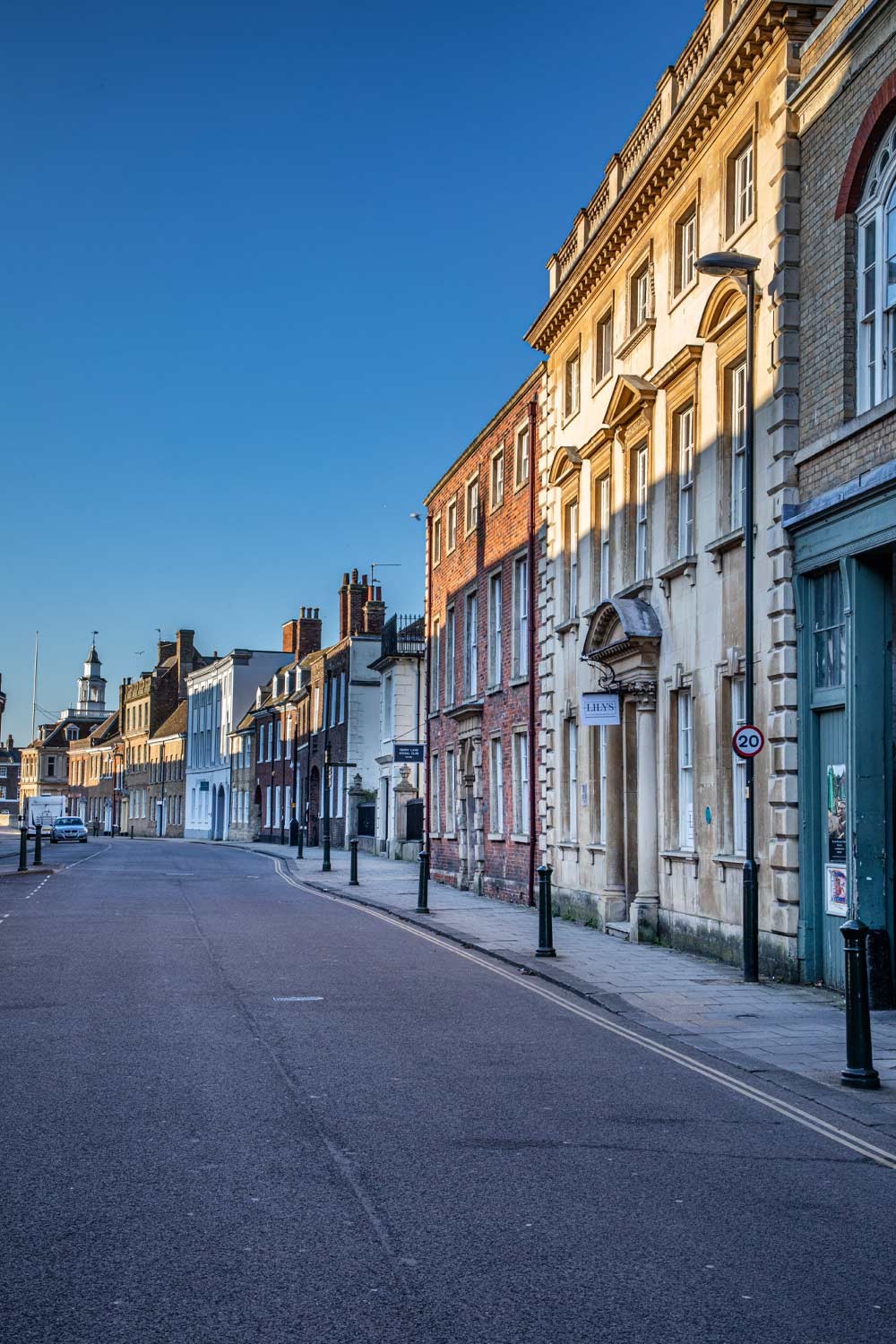
Directly next door is Shakespeare House, which had started life as The Sun public house at least as early as 1736 and was then called The Shakespeare’s Head until its closure in 1914.
And its neighbour is the famous and nationally-significant Guildhall of St George.
The Grade I listed building is the oldest and largest complete medieval guildhall in England, and there’s probably no other building in the country that has a longer dramatic pedigree - the earliest recorded play performed here was staged in January 1445. An enduring tradition claims that Shakespeare himself performed on the stage, and the evidence is both growing and compelling.
Incredibly, the building was almost demolished shortly after the Second World War before farmer Alexander Penrose bought the building to save it for posterity. A campaign led by Lady Fermoy raised the money to restore it and it was reopened by the late Queen Elizabeth, the Queen Mother – (one of its loyal supporters) for the first King’s Lynn Festival in 1952. It’s been a popular arts and cultural centre ever since.
At the bottom of King Street you’ll find another extraordinary building - the town’s Custom House, completed in 1684 and the first building in King’s Lynn to use “the grammar of classical architecture correctly” - so groundbreaking that it influenced the re-modelling of the town in the 18th century.
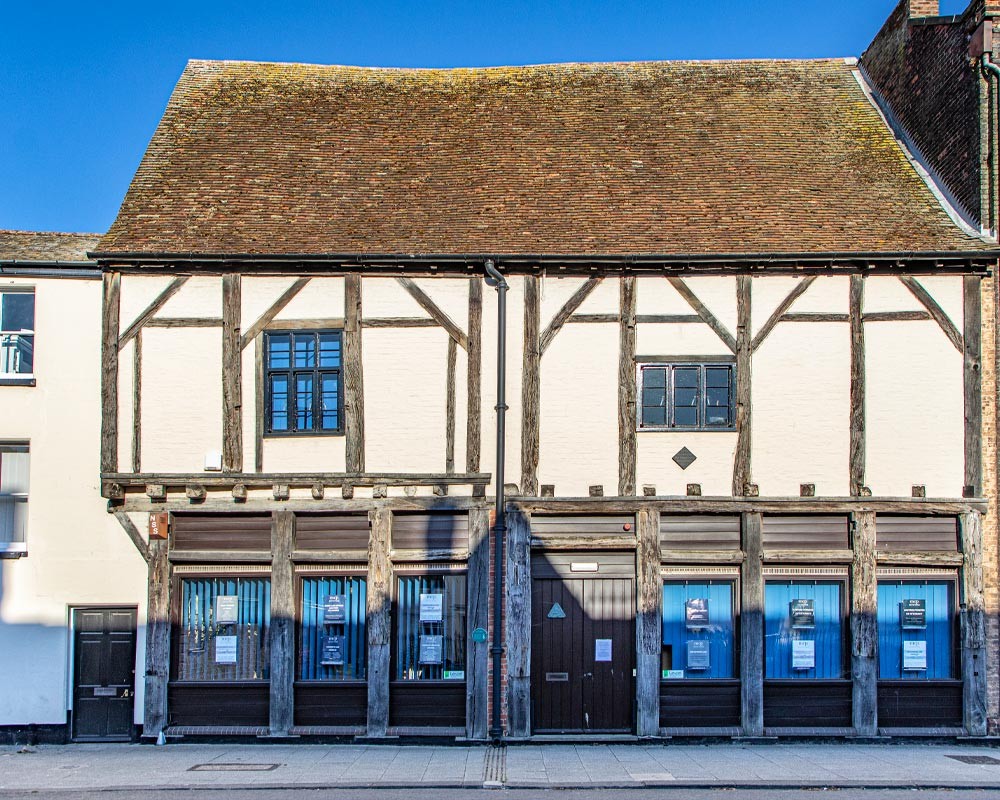
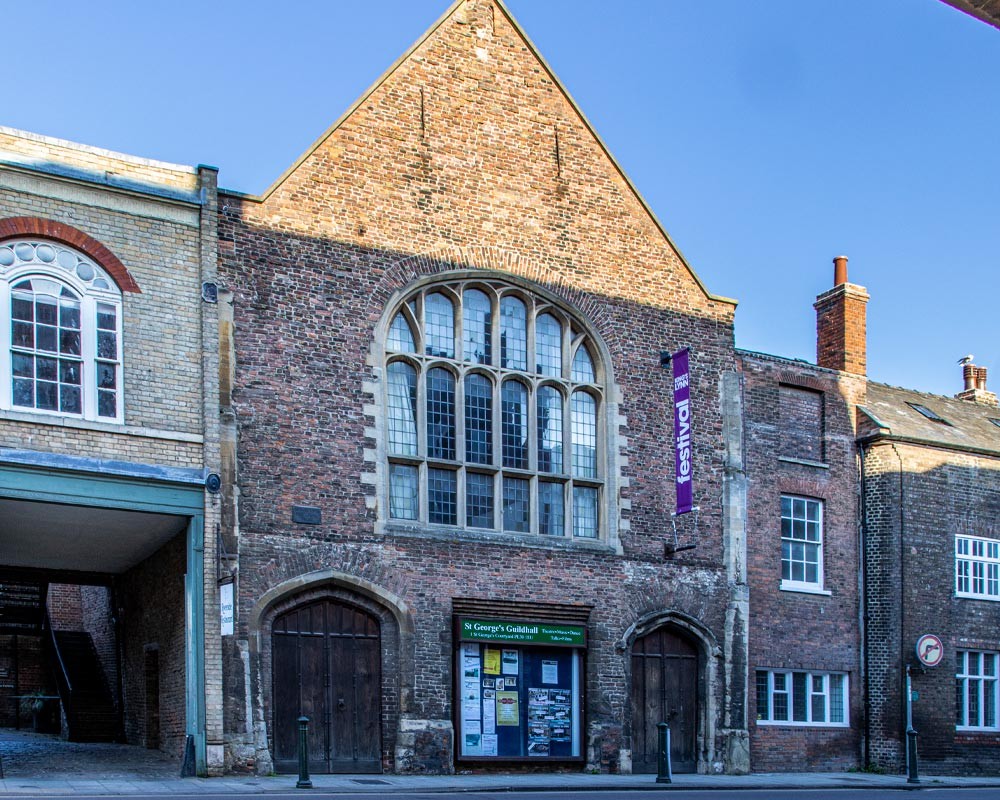
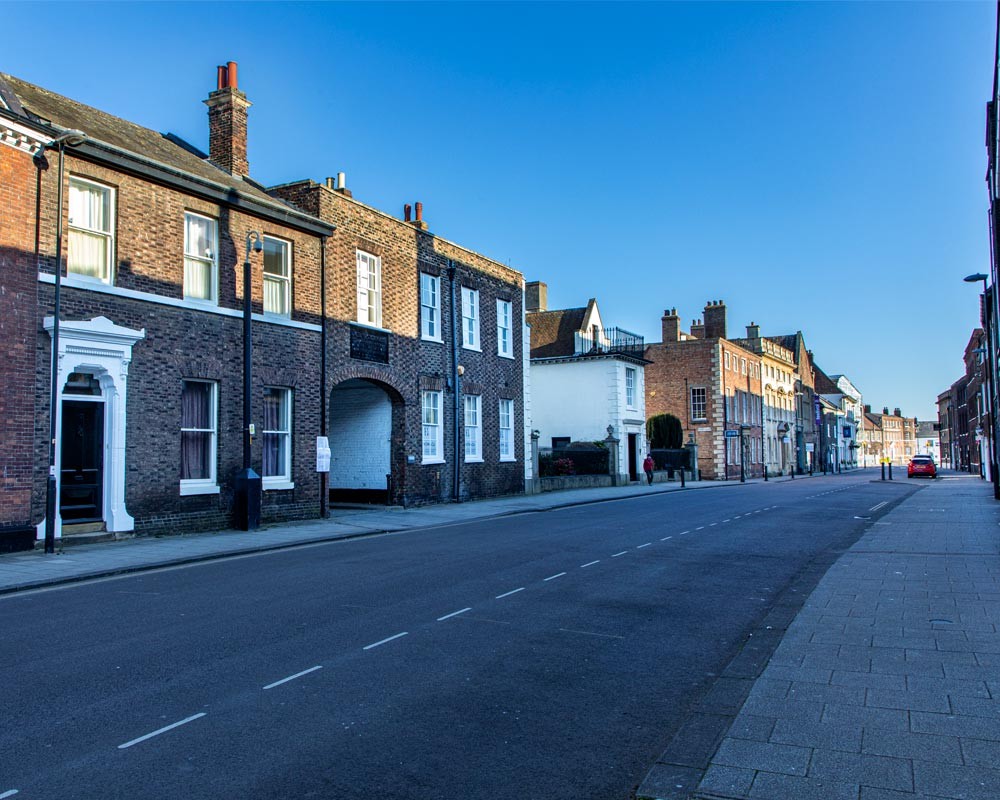
It was built for the merchant Sir John Turner whose house still exists at No.1 King Street, close to the Custom House and only a few minutes’ walk from his other legacy to the town - the Duke’s Head Hotel on the Tuesday Market Place.
The limestone-cased St George’s Chambers at No.27 may well be one of the finest houses in King’s Lynn, and it adjoins one of its most important. Occupied by MCP Solicitors for the last 30 years (a business that can call on over 200 years of history itself) No.28-32 includes the remains of the earliest known domestic building in King’s Lynn - dating from as far back as the 12th century. Even the ‘modern’ parts of the building are almost 500 years old, and it may well be the oldest office building in the entire country.
Acquired and restored by the King’s Lynn Preservation Trust in the late 1970s, it is normally open to the public on Heritage Open Day and strictly by appointment.
If any street can tell the history of a town, that street is King Street. From humble Dark Age beginnings to European trading giant, and from Georgian grandeur to modern commercial life, a walk along King Street it a very literal walk through history.
